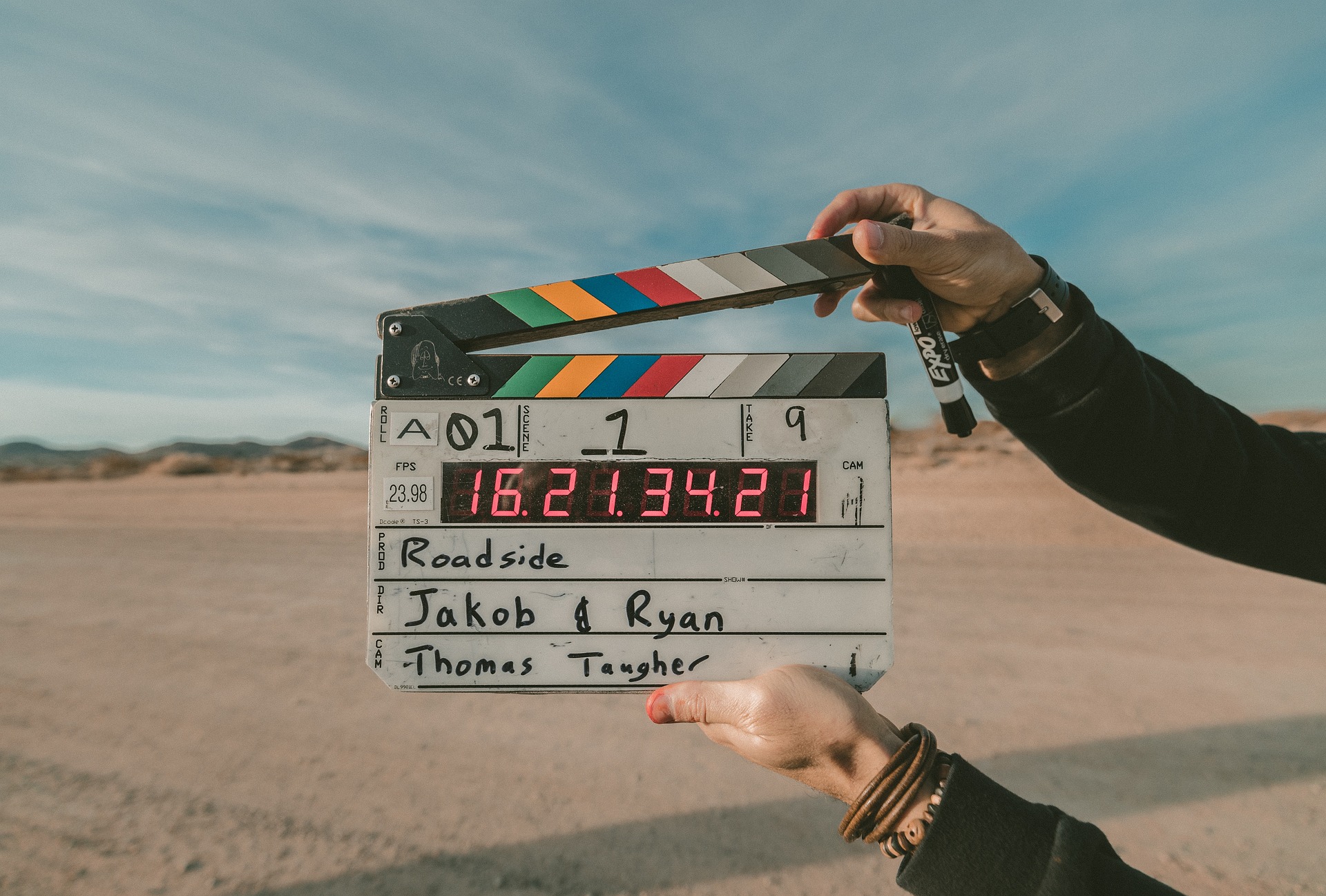Shifting Perspectives: The Role of Virtual Reality in the Art World
Introduction: Taking a bold leap into the future, the art world has found a revolutionary ally: Virtual Reality. This exciting technology is transforming how we create, curate, and consume art, offering immersive experiences that defy traditional boundaries.
Background: From Canvas to Code
Virtual Reality (VR) in art is not just a recent phenomenon. For decades, artists and technologists have been experimenting with digital mediums, as early as the 1960s. However, with the advent of affordable VR headsets and more robust software, the sphere of VR art has expanded exponentially in the last decade. It’s no longer confined to novelty exhibitions or research labs, but has become a regular feature at major art galleries, museums, and festivals.
Current Developments: A New Artistic Frontier
Today, VR technology is being used to create immersive art installations, virtual art galleries, and even digitally enhanced performances. Artists like Rachel Rossin and Jakob Kudsk Steensen are pioneering this field, creating stunning virtual landscapes that allow viewers to explore new dimensions of their work. Moreover, due to the ongoing pandemic and social distancing norms, VR has become a crucial tool for art institutions to engage with their audiences remotely.
The Impact of VR Art: Beyond the Canvas
The impact of VR on the art world is profound. It’s changing the way we perceive and interact with art, offering an immersive, participatory experience that goes beyond passive viewing. VR art challenges conventional notions of space, time, and narrative, enabling artists to create multi-sensory, interactive works that wouldn’t be possible in a physical setting. Furthermore, it democratizes the art world, making it more accessible to a global audience.
Evidence-Based Analysis: VR as a Game Changer
Numerous studies and surveys indicate that VR is a game changer in the art world. According to a report by the Art Newspaper, VR exhibitions have seen a surge in popularity over the past few years, attracting younger, tech-savvy audiences. Meanwhile, a survey conducted by the Pew Research Center reveals that 50% of adults in America have tried VR technology, and many of them are intrigued by its potential use in art.
In The Future of Art in the Virtual Realm
As VR technology evolves, so will its influence on the art world. Artists, curators, and viewers alike are just beginning to explore the possibilities of this new medium. What we’re seeing now is just the tip of the iceberg. As VR becomes more mainstream, it promises to reshape the art world, offering fresh perspectives and experiences that challenge our understanding of what art can be.






